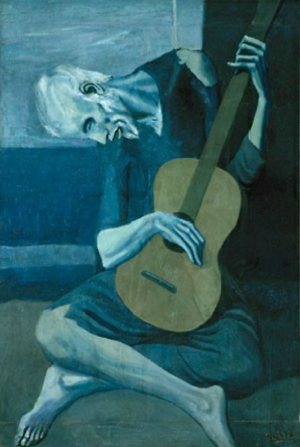
I was a first grader when I made my inaugural trip to Disney. This month — decades later — I returned with a first grader and a fresh perspective.
So much came back to me. My favorite ride then remained my favorite ride now: Pirates of the Caribbean. I remembered not only the sight of the swashbucklers but the feel of the bobbing boat winding through water and the smell of the dank walls.
It had been there all along, tucked in an inner recess of my 6-year-old heart. The experience had stuck, like an old photo captured on the sticky page of an album. I just hadn’t realized.
I’ve tended to think of my memory bank as static, always accessible in equal supply. But the older I get, the more dynamic it seems. Parenthood amplifies this, offering another go-round, layers of nostalgia as soft and warm as an old patchwork quilt.
So much that is learned in childhood endures. The songs. The prayers. The prayers turned into songs. The wispy, wistful soundtrack for “Anne of Green Gables” that sounds like growing up. The parts of the Mass, as familiar as your parent’s hand. The welcome that invokes our Triune God in one breath: “The grace of our Lord, Jesus Christ and the love of God and the fellowship of the Holy Spirit be with you all.” The drama of the consecration and Jesus’ direct invitation: “Take this, all of you, and eat of it.” The marching orders at closing to “go in peace to love and serve the Lord.”
Pick up a beloved childhood book and be amazed. The story is still there. The Wild Things are still dangling from tree branches with Max, their wild rumpus in full swing. Richard Scarry’s mice are still zipping along in their pencil-mobile. The old man is still resting on the Giving Tree, now a stump.
The things we forgot we’d forgotten. Memories that never left us, though decades have passed without a single thought. Invisible but not erased.
I’ve been searching for the words to describe this happy, haunting sensation. It is both new and familiar — the warmth of recognition plus the tingle of novelty.
Leave it to the Italians to capture it: pentimento. It is an art term used to describe traces of a previous work, an artist’s change of mind. Most often it refers to original marks in a painting that were painted over but reappeared over time. The painting beneath the painting.
Pentimento may show a head or hand that the artist first sketched in a slightly different place. A dramatic example is Picasso’s “The Old Guitarist,” where the outline of a woman’s head appears at a 90-degree angle from the guitarist’s neck. Conservators used X-ray images to further decipher what lay beneath, extracting more of the woman’s body and another face at her neck.
To me, pentimento is hopeful: the original marks of childhood endure, the stories and songs and sanctifying graces.
When we worry about the record number of “nones,” those Americans who claim no religious affiliation, I like to preface the stats. We do not see what may be slowly unfolding. We do not know what painting is hidden beneath the painting. It is the very passage of time that allows for pentimento — the gradual erosion of oil paint, sometimes over centuries, like a person’s tough exterior or recent departure from faith.
Their story is not over. And though it may have been buried very deeply, long ago, something sacred remains.
Capecchi is a freelance writer from Inver Grove Heights.
This commentary contains an analysis and discussion of Pablo Picasso’s painting, “The Old Guitarist.” The purpose of including images of the artwork is to facilitate a critical discussion, provide context, and offer visual reference for educational and commentary purposes. The use of these images is believed to be in accordance with the principles of “fair use” under copyright law. The commentary and analysis are transformative in nature, adding significant value beyond the mere reproduction of the original work. The inclusion of these images is not for commercial gain but rather to enhance the viewer’s understanding of the subject matter. The original artwork is the intellectual property of its respective copyright owner, and its use here does not imply endorsement or infringement of the copyright holder’s rights.




